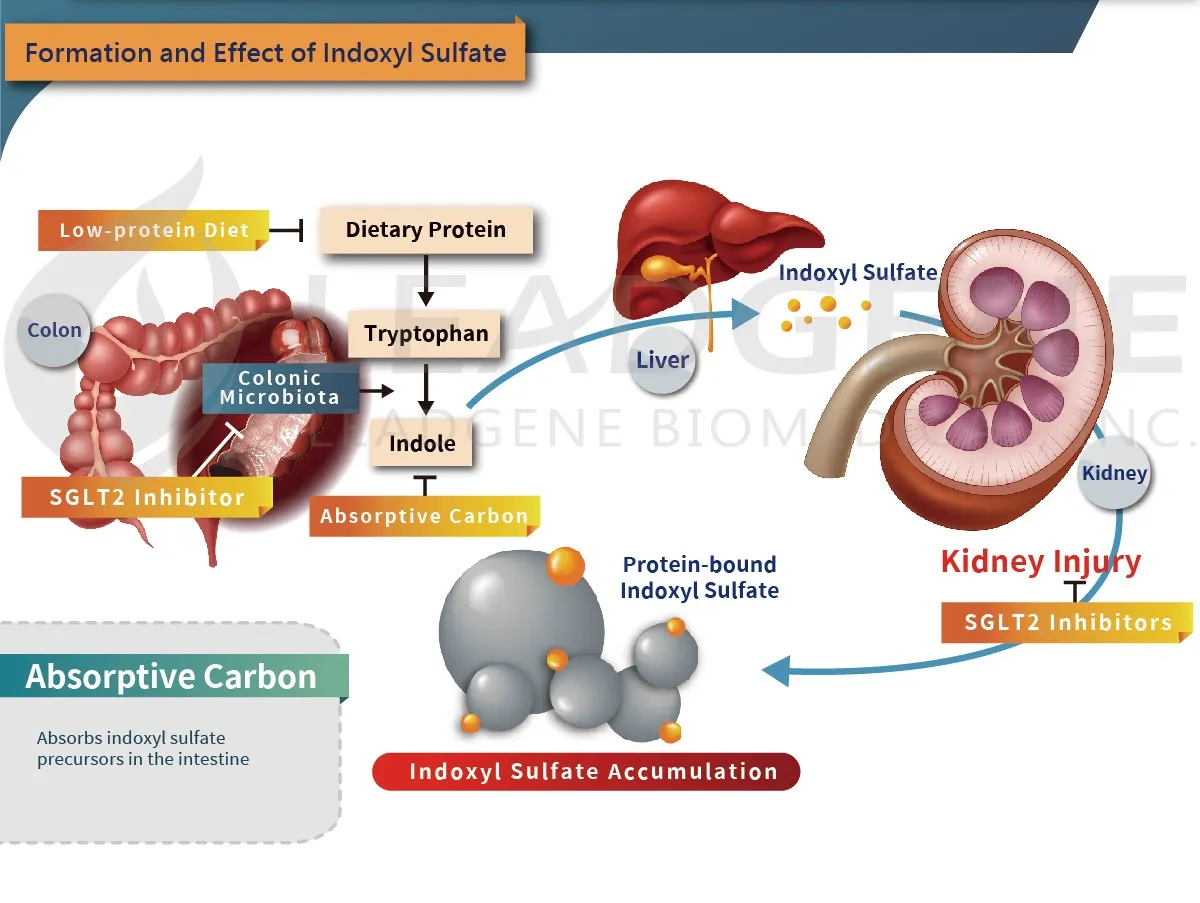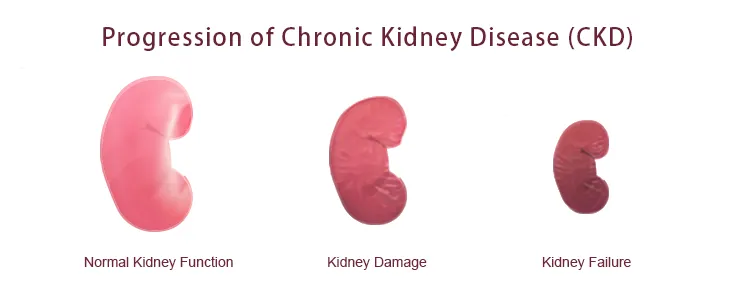
Chronic Kidney Disease (CKD) affects up to 15% of the adult global population, and this percentage increases with age. Unfortunately, many individuals with uremic illness remain undiagnosed and unaware of their condition. As renal function declines, the kidneys struggle to effectively filter waste substances. These accumulated waste materials can enter the bloodstream, leading to harmful effects that may eventually progress to end-stage renal disease (ESRD). Without timely therapeutic intervention, ESRD becomes life-threatening.
In addition to the gradual loss of renal function, CKD patients may experience disorders related to bone homeostasis, nerve function, and the cardiovascular system. Many of the retained waste products are identified as Uremic Toxins (UTs). Etiological research has shown that the continuous accumulation of UTs in circulation is closely associated with patient mortality, morbidity related to osteodystrophy and neuropathy, and accelerated atherosclerosis.
Two representative protein-bound UTs are Indoxyl sulfate (IS) and p-cresol sulfate (pCS). These compounds originate from the fermentation of amino acids by colonic microbes in the gastrointestinal tract. Subsequently, they are absorbed and metabolized into UTs in the intestines or liver. IS and pCS exhibit a high affinity for binding with serum albumin, resulting in low removal efficiency (<25%) during hemodialysis treatment. Intracellular oxidative stress, mediated by organic anion transporters (OATs), is considered a key toxicological mechanism.
While laboratory tests such as LC-MS/MS and HPLC can quantify IS or pCS in serum samples or other body fluids, their drawbacks—such as expensive operating facilities and limited automation—highlight the need for a high-throughput and prestigious device.

